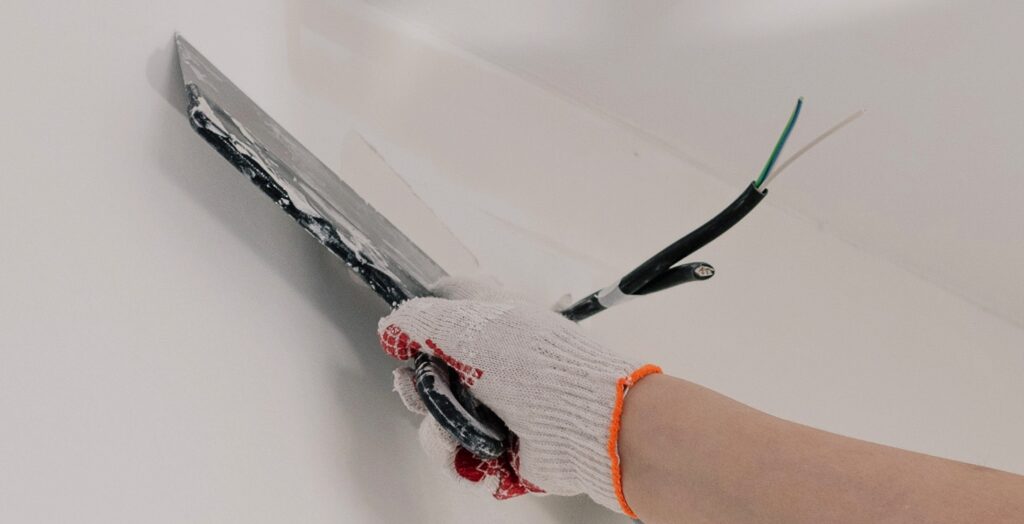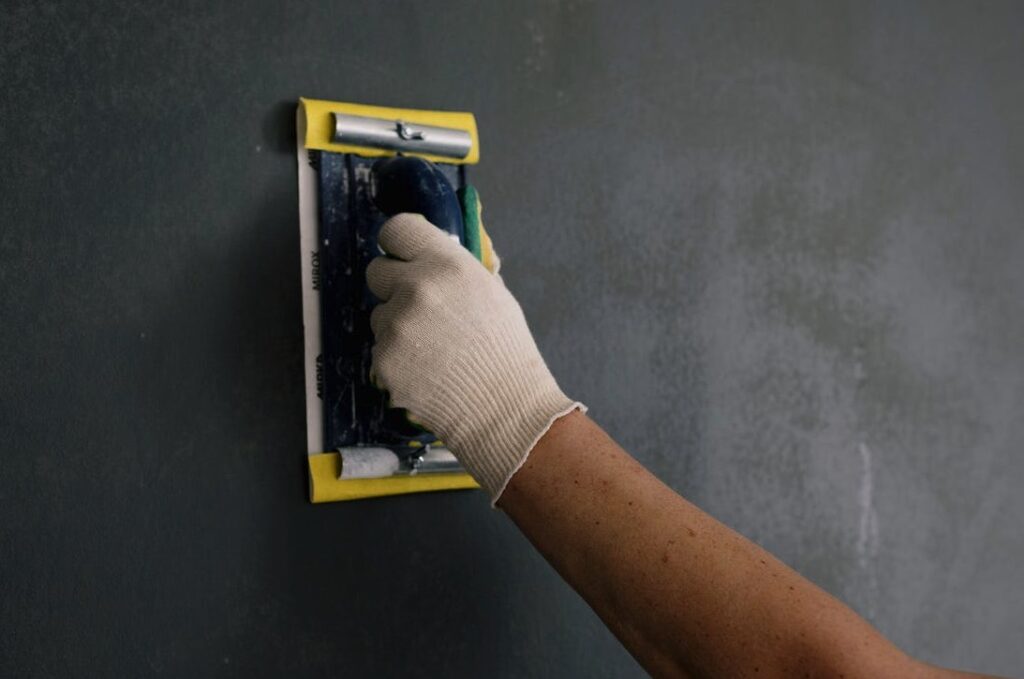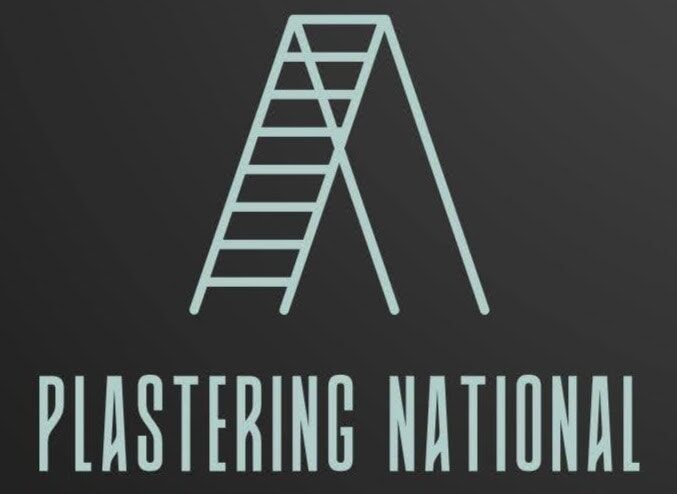Plaster of Paris (POP) is a versatile material commonly used in construction. It is derived from gypsum (calcium sulphate dihydrate), which is heated and ground into a fine powder to create plaster.
POP has applications in various areas of construction, aesthetics, and design. Here’s a detailed look at its construction uses, advantages, and limitations.
Let’s get straight to the point.
Plaster of Paris (POP) is a versatile construction material. It is made by heating gypsum to form a powder that hardens when mixed with water.
Its main applications include wall plastering, false ceilings, decorative mouldings, fire protection, and casting. POP provides a smooth finish, is fire-resistant, lightweight, and easy to work with, making it ideal for interior use.
However, due to its moisture sensitivity, POP could be more suitable for exterior applications. It can also be more expensive than other plasters and requires skilled labour for proper application. Despite its limitations, POP remains popular for interior design and architectural projects.
What Is Plaster Of Paris?

Plaster of Paris, also known as Parisian plaster, is made by heating gypsum to 140 and 180 degrees Celsius. This creates a powder that hardens when mixed with water. This material is widely used due to its ease of application and ability to create smooth surfaces.
Key Applications Of Plaster Of Paris In Construction
- Wall Plastering Plaster of Paris is primarily used to plaster interior walls. Applying creates a smooth surface ready for painting or other finishes.
It offers a superior finish compared to cement-based plasters.
- False Ceilings POP is extensively used to create false ceilings, which add aesthetic value and hide wiring, plumbing, or air conditioning ducts. The material is lightweight, ideal for ceiling applications, and can be moulded into various shapes to suit design preferences.
- Decorative Elements POP makes decorative mouldings such as cornices, medallions, and other architectural features. Its ability to be cast into intricate shapes makes it perfect for adding ornamental details to ceilings and walls.
- Fire Protection POP has excellent fire-resistant properties, making it valuable for increasing a building’s fire safety. When exposed to heat, POP releases water vapour, which helps slow the spread of fires.
- Casting and Moulding In addition to its structural uses, POP is often employed in creating moulds and casts for decorative elements, sculptures, and even medical casts. Its smooth texture and ability to capture fine details make it ideal for these applications.
Preparation Of Plaster Of Paris
Plaster of Paris is prepared by heating gypsum (CaSO4·2H2O) to remove most of the water content, resulting in calcium sulphate hemihydrate (CaSO4·1/2H2O). When mixed with water, this powder forms a paste that can be moulded and shaped as needed.
The plaster typically sets in 10 minutes. Once fully cured, it becomes a hard, durable surface.
Fire Resistance And Safety
POP’s fire-resistant properties make it a valuable material in construction. When exposed to heat, it releases water vapour, which slows down the spread of fire.
This makes it an ideal material for coating walls and ceilings in buildings where fire safety is a concern.
Advantages Of Using Plaster Of Paris
POP has several benefits which contribute to its widespread use in construction:
- Minimal Shrinkage One key advantage of POP over cement plaster is that it doesn’t shrink when it dries, reducing the likelihood of surface cracking. This makes it ideal for creating smooth, crack-free finishes.
- Smooth Finish POP creates a smooth surface ready for painting or additional finishing work. It allows for easy application and levelling.
- Fire Resistance POP’s fire-resistant properties make it an ideal material for improving a building’s fire safety. When exposed to high temperatures, the plaster releases water vapour, slowing the spread of flames.
- Lightweight POP is much lighter than other plasters, making it suitable for applications where weight is a concern, such as in false ceilings or intricate mouldings.
- Ease of Application Because POP sets quickly and is easy to work with, it’s a preferred material for creating decorative elements, moulds, and false ceilings.
- No Chemical Reactions POP doesn’t react with paints or finishes, which helps maintain the quality and appearance of the final finish.
Limitations Of Plaster Of Paris
Despite its many advantages, there are some limitations to using POP in construction:
- Not Suitable for Exterior Use POP dissolves when exposed to water over time, making it unsuitable for exterior applications where moisture could be present.
- Higher Cost Compared to other plasters like cement, POP can be more expensive. This makes it less economical for large-scale projects where cost is a major factor.
- Requires Skilled Labour Proper application of POP requires skilled professionals to ensure a smooth and even finish. This can increase labour costs, especially for complex designs and large projects.
Types Of Plaster Used In Construction
Different types of plasters are used in construction depending on the project’s requirements. Some of the most common types include:
- Gypsum Plaster Gypsum plaster is a standard plaster made by heating gypsum to around 300 degrees Fahrenheit. It’s suitable for interior plastering because of its fire resistance and smooth finish.
- Lime Plaster Lime plaster is made from sand and calcium hydroxide. It is non-reactive and can be used inside and outside buildings for a smooth finish. It is also used as a base coat before applying finer plasters like POP.
- Cement Plaster Cement plaster is created by mixing Portland cement, sand, and water. Because of its durability, this type of plaster is often used for external surfaces. It’s also used as a base layer for gypsum or POP.
Differences Between Gypsum And Plaster Of Paris

Gypsum and Plaster of Paris are closely related materials, but the two have important differences.
- Gypsum: Gypsum is a naturally occurring sedimentary mineral, often white or colourless. It contains water as part of its chemical structure and is used to create plaster products.
- Plaster of Paris: POP is made by heating gypsum and removing most of its water content. It forms a powder that can be mixed with water to create a mouldable paste that hardens over time.
Although both materials are derived from gypsum, POP is processed for faster setting times and easier application in decorative and construction applications.
Common Types Of Gypsum Plaster
There are several types of gypsum plasters used in construction, each with specific characteristics depending on its intended application:
- Finish Gypsum Plaster: This smooths walls and ceilings after applying the base coat.
- Casting Gypsum Plaster: This plaster is popular in decorative applications. It is often used to create detailed moulds and casts.
- One Coat Gypsum Plaster: As the name suggests, this is applied in a single layer to save time and labour in the construction process.
- Machine-Applied Gypsum Plaster: This type is used for large-scale applications where plaster is sprayed on surfaces using machines, which speeds up the process.
Conclusion
Plaster of Paris plays an important role in the construction industry due to its ease of application, smooth finish, and fire-resistant properties. It is widely used for wall plastering, decorative elements, and false ceilings, offering an aesthetically pleasing and durable finish.
Despite its limitations, such as being unsuitable for exterior applications, POP remains a popular choice for many interior design and architectural projects.
POP’s ability to create intricate designs, cost-effectiveness, and durability in interior applications ensure that it will continue to be a staple in construction and design for years to come.
Frequently Asked Questions About Plaster
What Are the Uses of Plaster of Paris Class 10?
Plaster of Paris is used in filling cracks in walls and gaps. – It is stable at high temperatures, so it is used as fireproofing material. – The plaster of Paris is used in preparing mould, statues and artificial decorative items. – Plaster of Paris is used to make the cast used in case of bone fracturing.
How Do You Use Plaster of Paris on Walls?
Lightly moisten the area to be plastered with a damp sponge or cloth. This helps the wet plaster of Paris to adhere better. Next, fill the opening or crack with plaster using a putty knife. Finally, smooth it until it’s flush with the rest of the wall surface.
.
How Is the Plaster of Paris Prepared?
Plaster of Paris is prepared by heating calcium sulphate dihydrate, or gypsum, to 120-180 °C (248-356 °F). Then, with an additive to retard the set, it is called wall, or hard wall, plaster, which can provide passive fire protection for interior surfaces.
Is the Plaster of Paris Waterproof?
Plaster of Paris is not waterproof. However, you can make it waterproof by mixing other materials into it. Take note that the plaster of Paris is a dry and porous substance, so it will absorb water when it gets wet. To make it waterproof, you can coat it with a primer.
How Strong is the Plaster of Paris?
While plaster of Paris is a soft material, it can be very hard and strong when used in castings. On the scale of mineral hardness, where talc is one and diamond is 10, the plaster of Paris is about 2. Hard casts of plaster of Paris can be sanded and trimmed.

